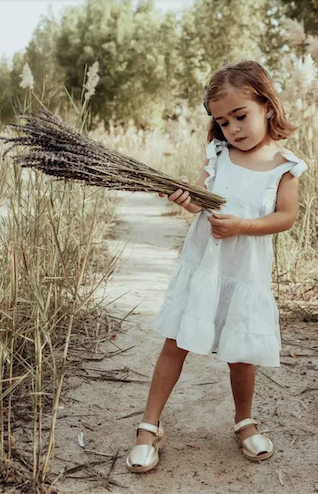WILD FABRIK in the Wild: in support of Emirates Nature WWF
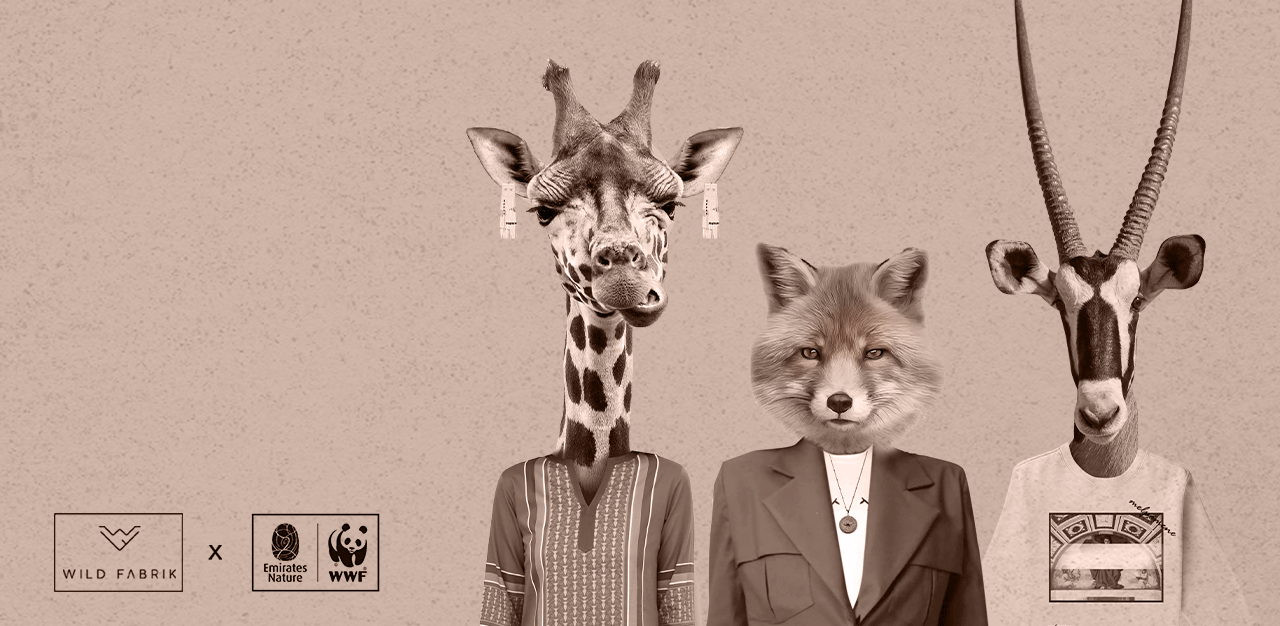
This World Environment Day, we renew our efforts to help raise awareness of the things we can do to help save our planet. The theme of 2022 is #OnlyOne Earth, and it calls for collective, transformative action on a global scale to celebrate, protect and restore our planet.
If you haven't already taken a look at it, our recent publication "What is: Emirates Nature WWF?" has all the deets about what they do and a lot of the endangered species in the UAE.
Needless to say, WILD FABRIK is a huge fan of the work that Emirates Nature WWF does, and we're excited to bring our fashionable spin to saving the earth. We want to focus on bridging the gap between green producers and conscious buyers, while planting the seeds for environmental awareness.
In cooperation with Emirates Nature WWF, WILD FABRIK is going a bit wild. With our limited collection "WILD FABRIK in the Wild," we're featuring 8 different designs that center around endangered animals local to the UAE. All proceeds will go to Emirates Nature WWF to support their work towards saving wildlife.
Each of our 8 designs comes in black and white, for adults, kids and babies, so you and yours can match! They're all made of organic cotton, responsibly sourced and grown with no hazardous chemicals, so you know you're staying green!
[We also have some nice water bottles!]
We encourage you to go wild, too!
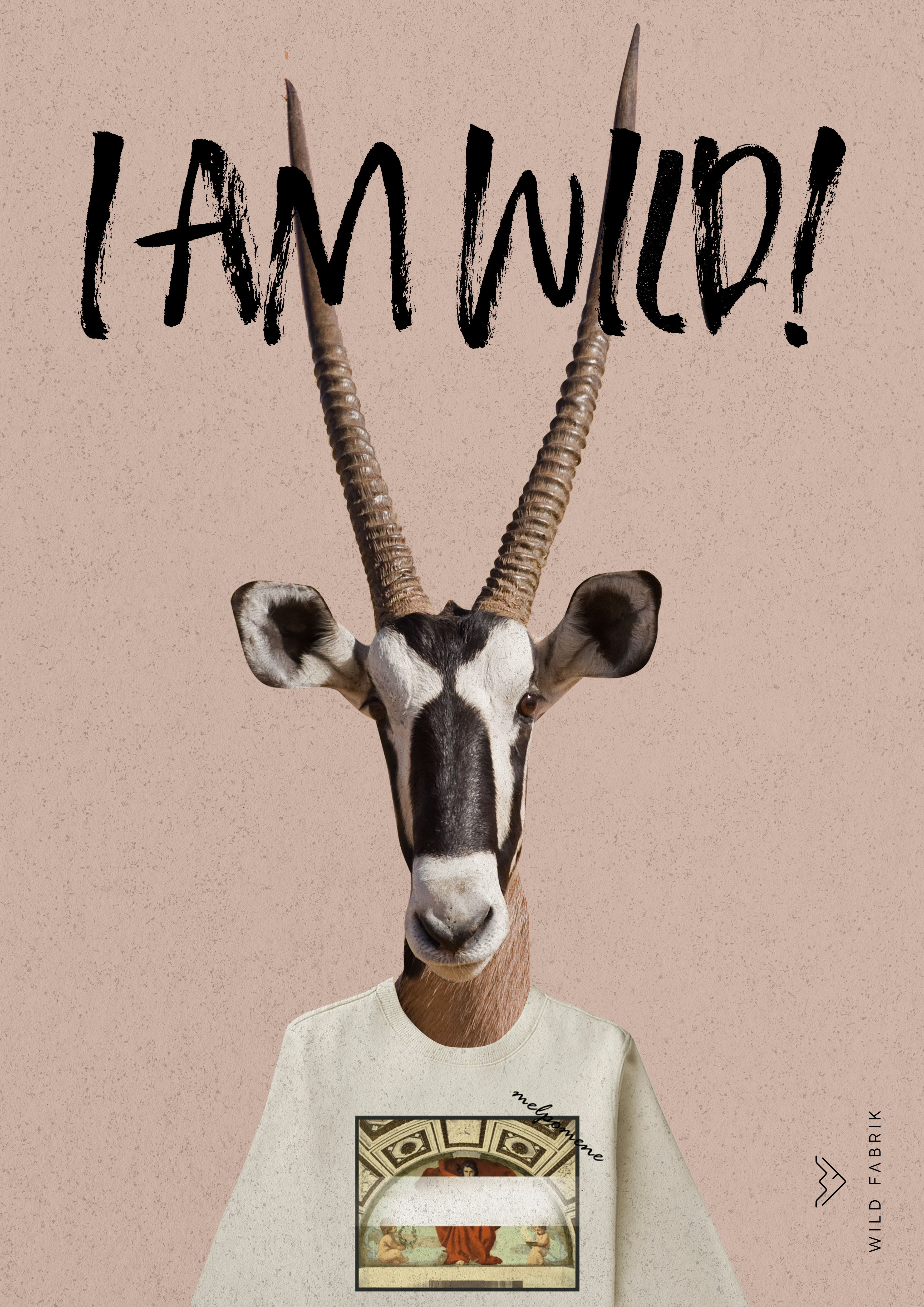
The Arabian Oryx
The Arabian oryx is a medium-sized antelope that has very long, straight horns and a small hump on its back. In the past, it was extinct, but it has returned to the Arabian Peninsula and there are now only 1,000 of its species left.
Throughout history, the Arabian oryx has been an important aspect of the culture in the Arab region. A unique animal that's famous for its stamina and beauty, it has inspired many Arabian poets and art.
Arab poets admired both the physical beauty of the Arabian oryx, but also its behavior and habits. The species has been difficult to hunt due to its ability to evade its pursuers, displaying strength and courage. These qualities have made it into an icon in the Arabian peninsula.
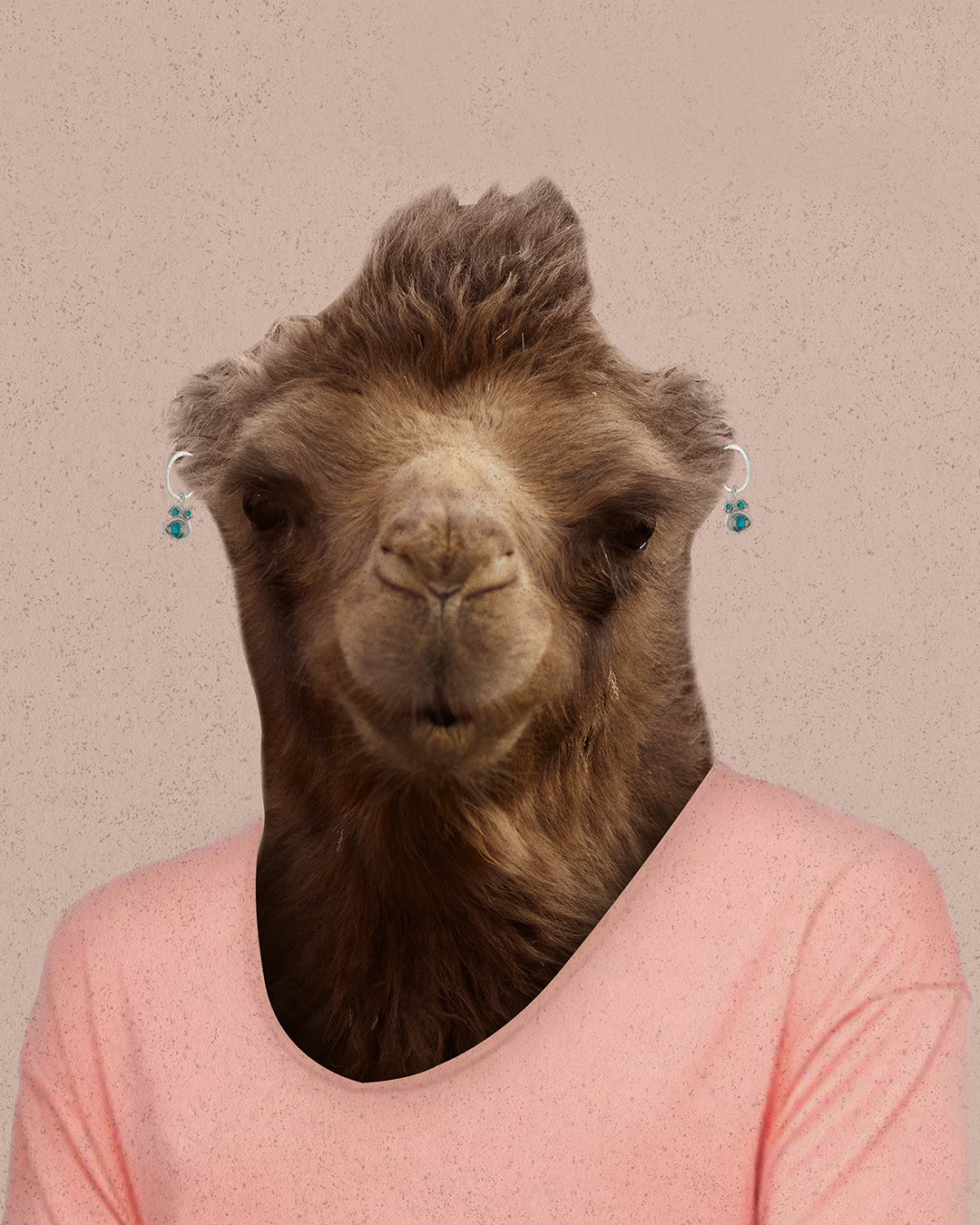
THE WILD BACTRIAN CAMEL
Although domesticated Bactrian camels are not considered endangered, their wild counterparts are! Classified as critically endangered, the population of these camels is well on the decline, with only around 950 remaining. Al Ain is said to have the largest camel population in the UAE.
Camels have long been a central part of the Arab world. They provided milk and transportation for the Bedouins, who lived in and out of deserts for over two millennia. They were the backbone of the nomadic lifestyle.
Nowadays, they still play a good-sized role in the Arab world. Their milk is still used in delicacies across the region, and they provide valuable transportation in the outlying areas. Camel racing has become particularly popular in recent years. And tourists also love a good ride on a camel as an experience!
These are the only real wild camels that still exist, and their numbers are dwindling, unfortunately.
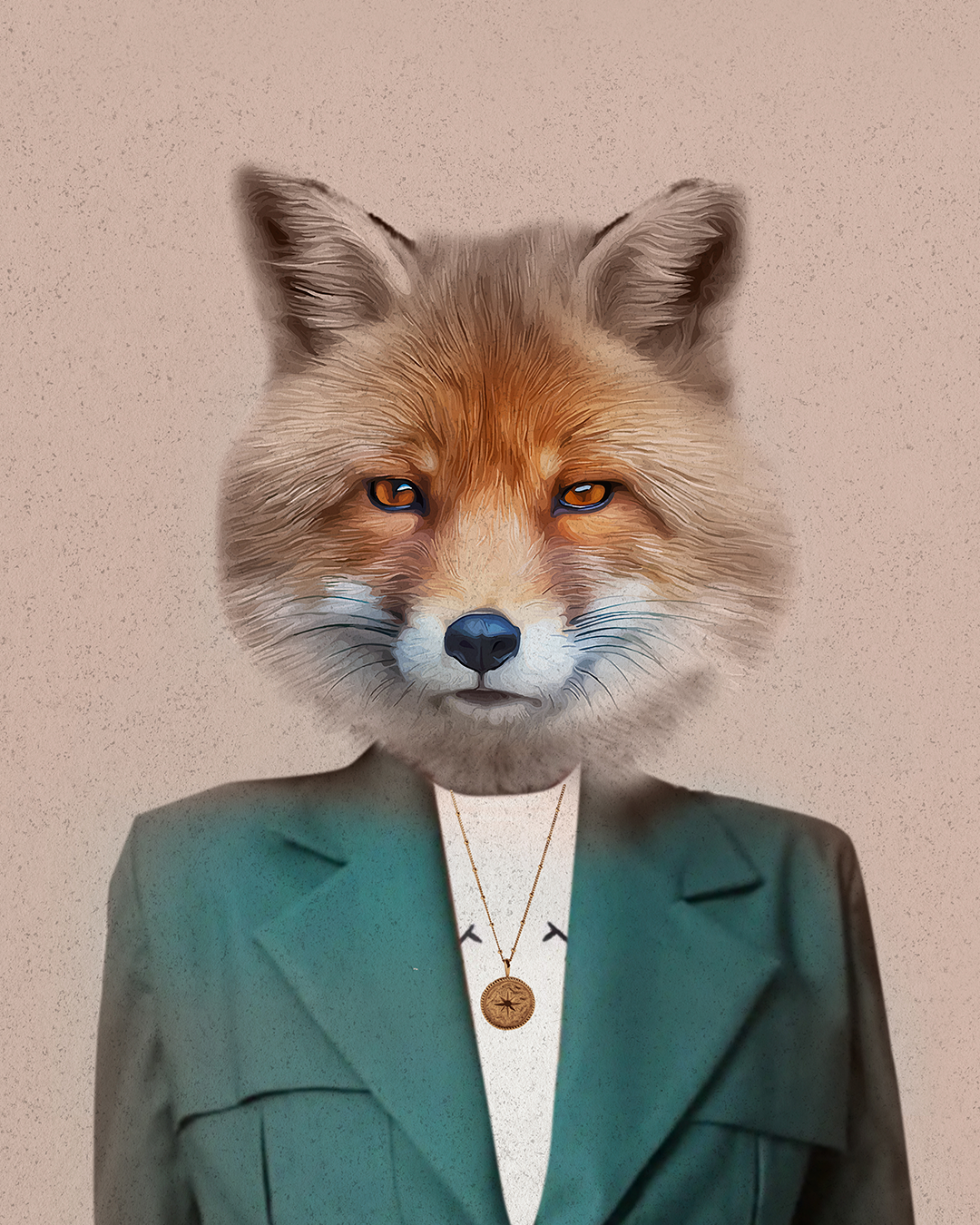
THE FOX
Several species of fox in the Arab region are endangered. The two standouts are the Rüppell's fox and the Blanford's fox which are rarely seen. Although the Blanford's fox is not considered endangered in other parts of the world, it made it on the Red List for endangered species (more information here) in the UAE. Sightings of it are rare and its mountain habitat is often threatened by predators, such as feral dogs.
Rüppell's foxes live mostly in the Arab region, but also in southwestern Asia. They are mainly threatened by hunting and poisoning. They are regularly hunted, as many consider them to be pests. Interestingly, they also compete with Red foxes for food and territory.
Most of the endangered foxes in the UAE are small creatures, that don't do well against persecution or hunting.
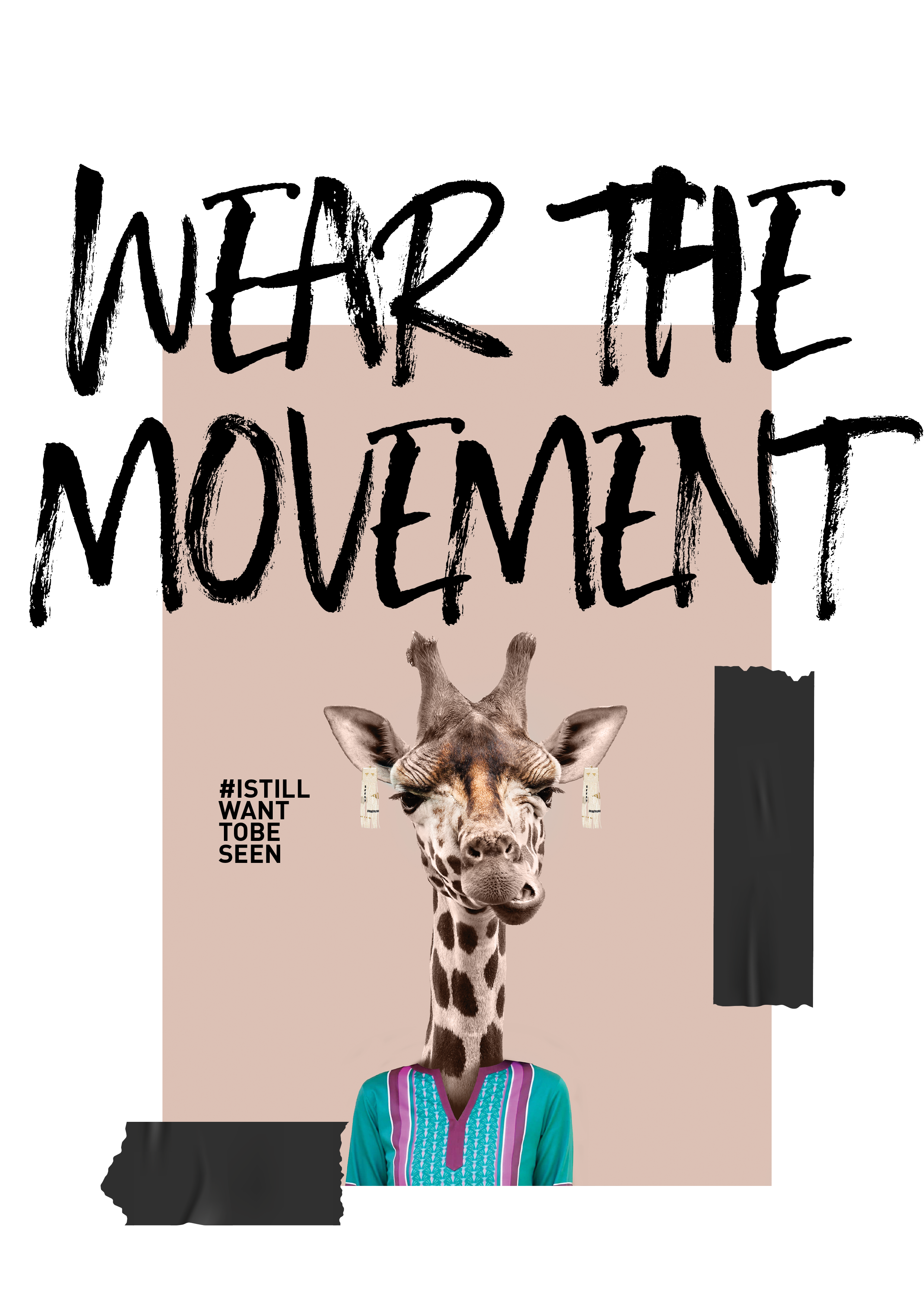
THE GIRAFFE
Surprisingly, this beautiful creature makes it on the list of animals that are (critically) endangered. There are approximately 68,000 giraffes left in the wild, which may seem like a large number. But this number has declined by up to 40% over the past three decades. Some subspecies are on the brink of extinction, like the Kordofan giraffe, which has only 2,000 individuals left in the wild. Similarly, the Nubian giraffe population has decreased by 98%.
While giraffes are not native to the Arab region, they face an extremely high risk of extinction in the wild. This is mostly due to loss of habitat. Giraffes, understandably, need a lot of space to roam. As we expand into woodlands, making farms and ranches, giraffes lose their homes. The harvest of trees to create charcoal is also a huge threat to the population.
Not least of all these reasons is the international trade in giraffes - and their body parts. Giraffe bone has replaced elephant ivory in knife and gun handles, for instance. The US actually plays a significant role in this, and it's a major factor in the decline of the giraffe.
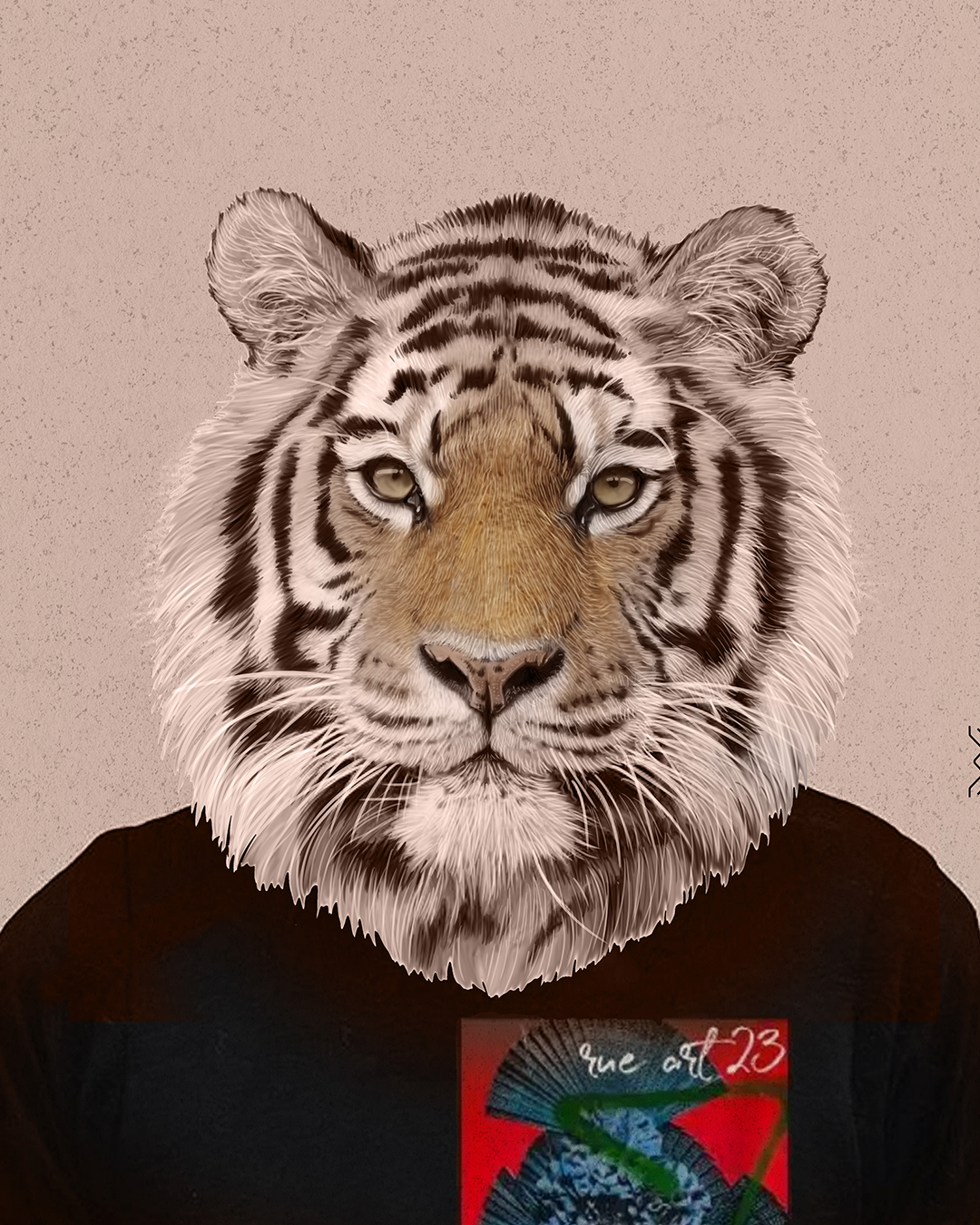
THE TIGER
In 1990, there were around 100,000 tigers in the wild. Since then, that number has dwindled to a mere 3,800. Classified as endangered on the IUCN Red List, the tiger is one of the largest cats in the world. It's easy to recognize and can live in a wide range of habitats.
Nowadays, they're scattered across only 13 countries in the world. Habitat loss has been the prime reason for this decrease. As we develop land to meet our own demands, wildlife gets pushed out. Smaller species get pushed out and decline in population, which leads to a lack of food for predators like tigers.
Poaching and illegal killing are still major threats, as well. Like the giraffe, tiger body parts are in high demand. Tiger skin trade has also increased in recent years.

THE WILDCAT
Let's go back about 10,000 years to African Wildcats. We can trace the ancestry of domestic cats all the way back there. Wildcats look very similar to domestic tabby cats. They're larger, stockier, and have thicker fur, but much more at risk. With perhaps as few as 400 left, the Wildcat is critically endangered in northern European areas like Scotland.
The most urgent conservation need is to stop the hybridization of pure Wildcats. Because they're seen in the same vein as domestic cat species, there is very little legislation to protect them. The population is ever-decreasing.
Larger wildcat breeds are also critically endangered. The Asiatic cheetah is a subspecies of the cheetah that lives in the deserts of Iran. There are only 12 of these living in the wild. These cheetahs prefer open habitats, which have shrunk in number as human territory expands. Their near extinction is also due to hunting, loss of prey, and human conflict.
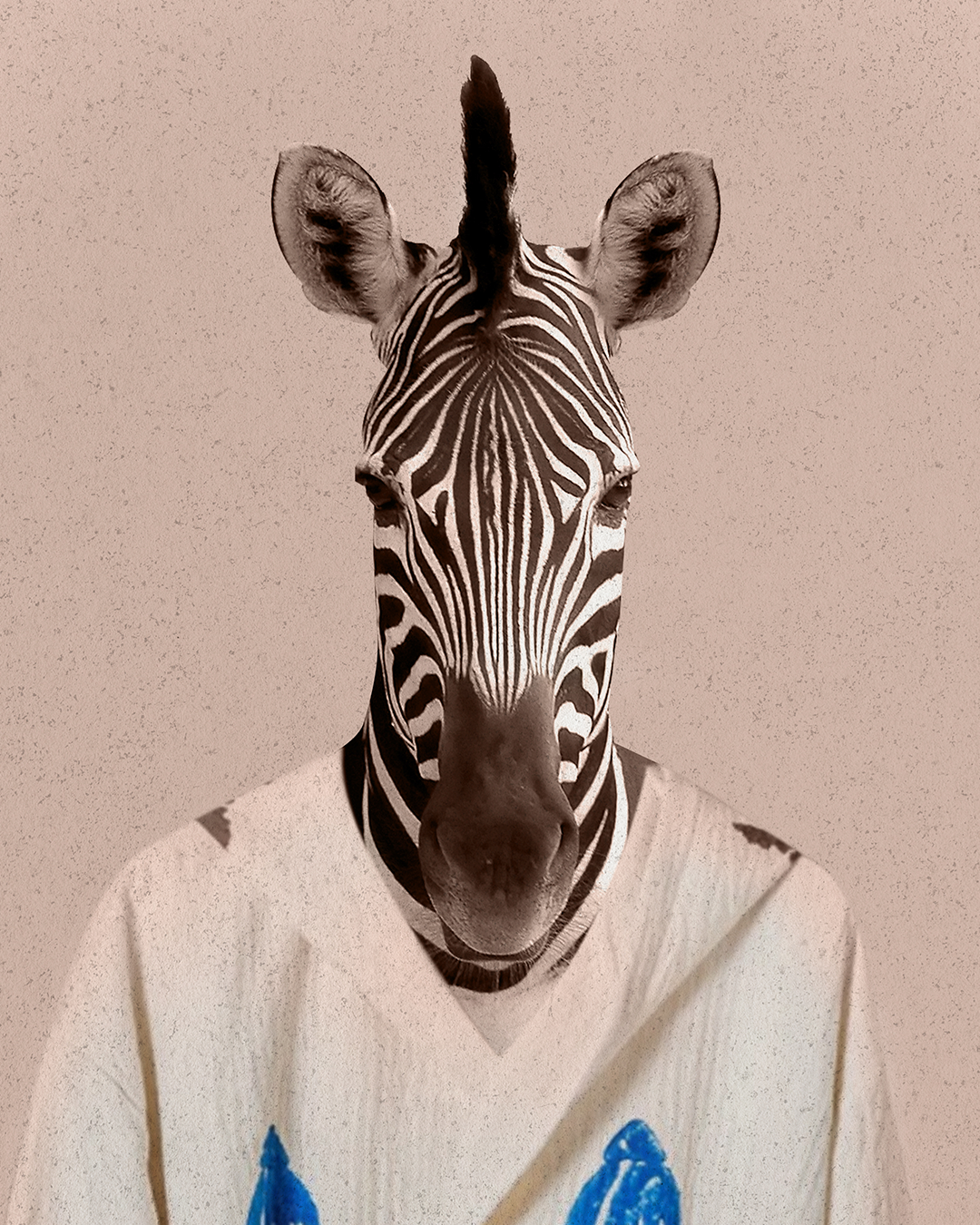
THE ZEBRA
Although the zebra as a whole isn't in the red zone, there are some subspecies that are at risk. Among them, Grevy's zebra is the most endangered. As its habitat shrinks due to livestock grazing, this zebra has to travel farther and farther for food and water. They're also sometimes hunted for their meat, pelts, and for medicinal purposes.
There are about 2,500 adults in the wild right now, and there are laws in place to help protect them. Efforts are being made to re-seed grasslands and restrict livestock grazing. With these recent measures in place and continuing, the population might edge away from endangerment with time.
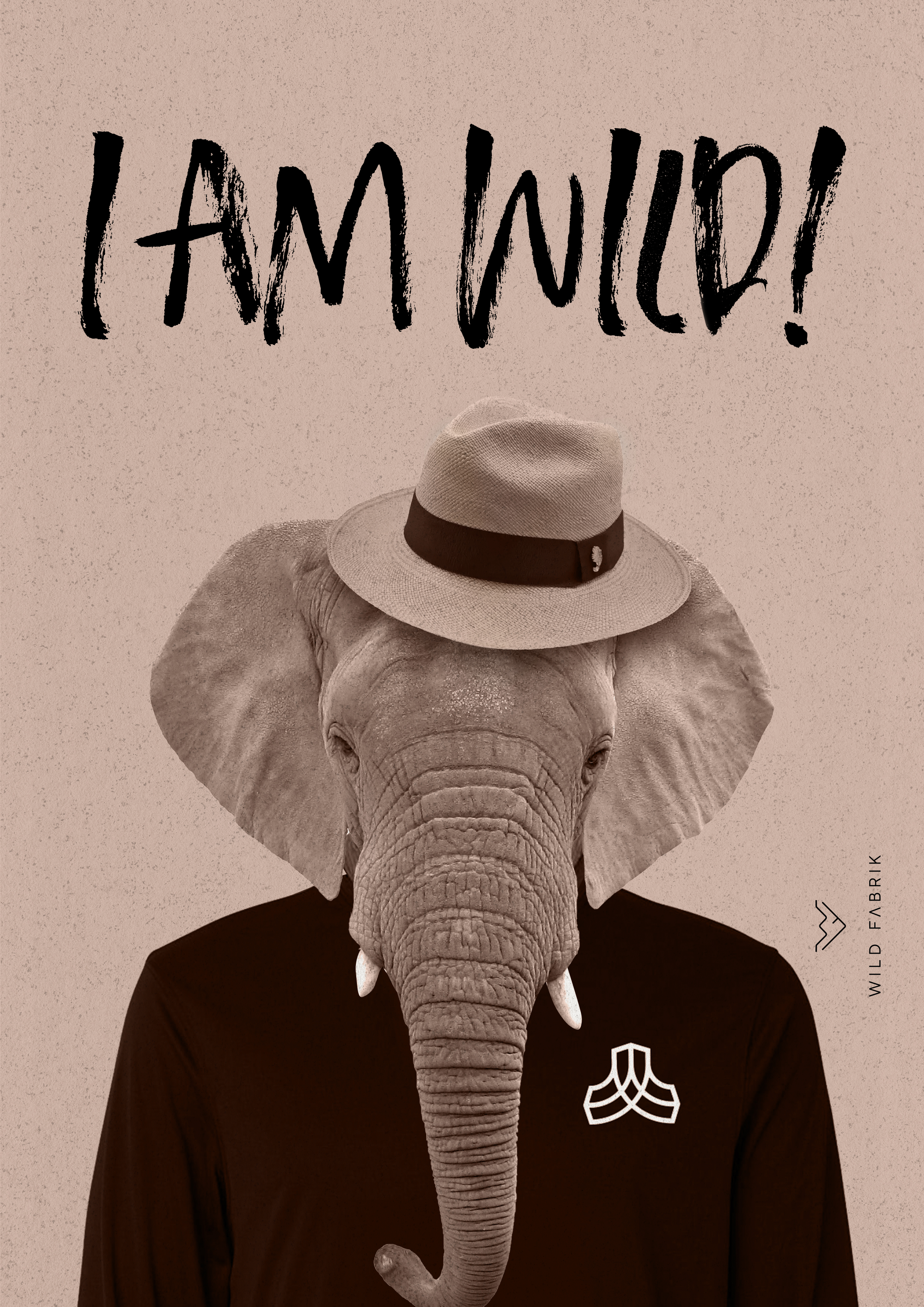
THE ELEPHANT
African elephants, which roamed at numbers of 12 million about 100 years ago, now have declined to around 400,000 in total. African forest elephant populations, in particular, declined by 62% just from 2002 and 2011.
Elephants need extensive land areas to survive and meet their needs. With the loss of their habitat, they often come into conflict with people in competition for resources. They are forced into areas too small to support large elephant populations, which leaves them at risk of disease and genetic problems.
Poaching is still a great threat, as well: the illegal ivory trade still goes strong. WWF advocates for the end to commercial elephant ivory sales in the US and other large markets. In 2018, China banned the domestic trade of elephant ivory, which was a big step forward.
The threat of extinction is very real for elephants. It can take many years for elephant populations to rise, and in the meantime, protective measures need to stay in place.
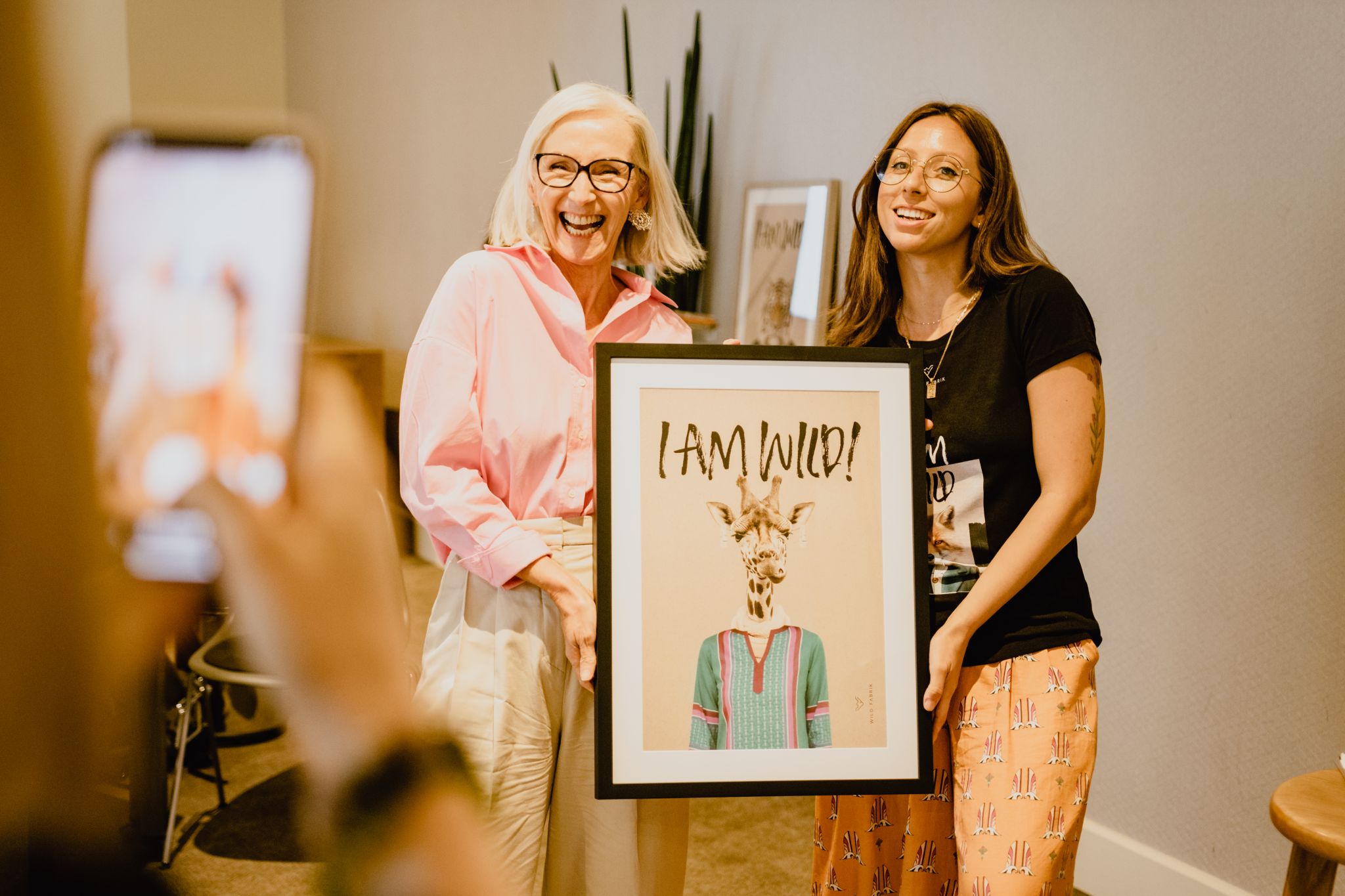
‘Our mission at WILD FABRIK is to leave the planet better than we found it, keep us accountable. With this collaboration we want to create a buzz around the plight of the animals and our nature through a fun activation that will give people a reason to feel good and smile while giving back to the local causes lead by Emirates Nature – WWF’.
Gergana Abdulrahman - co-founder of WILD FABRIK
Consider going a bit wild with us and grab up an organic t-shirt, a special bottle in honor of the Dubai Can initiative, framed art prints, or something more limited edition to help support the cause!
Author: Michelle Konov

- Dubai, Festival City Mall, Crescent Drive
- +971-54-382-8897
- Mon-Sun 9.00 - 18.00
- [email protected]
- View on map



